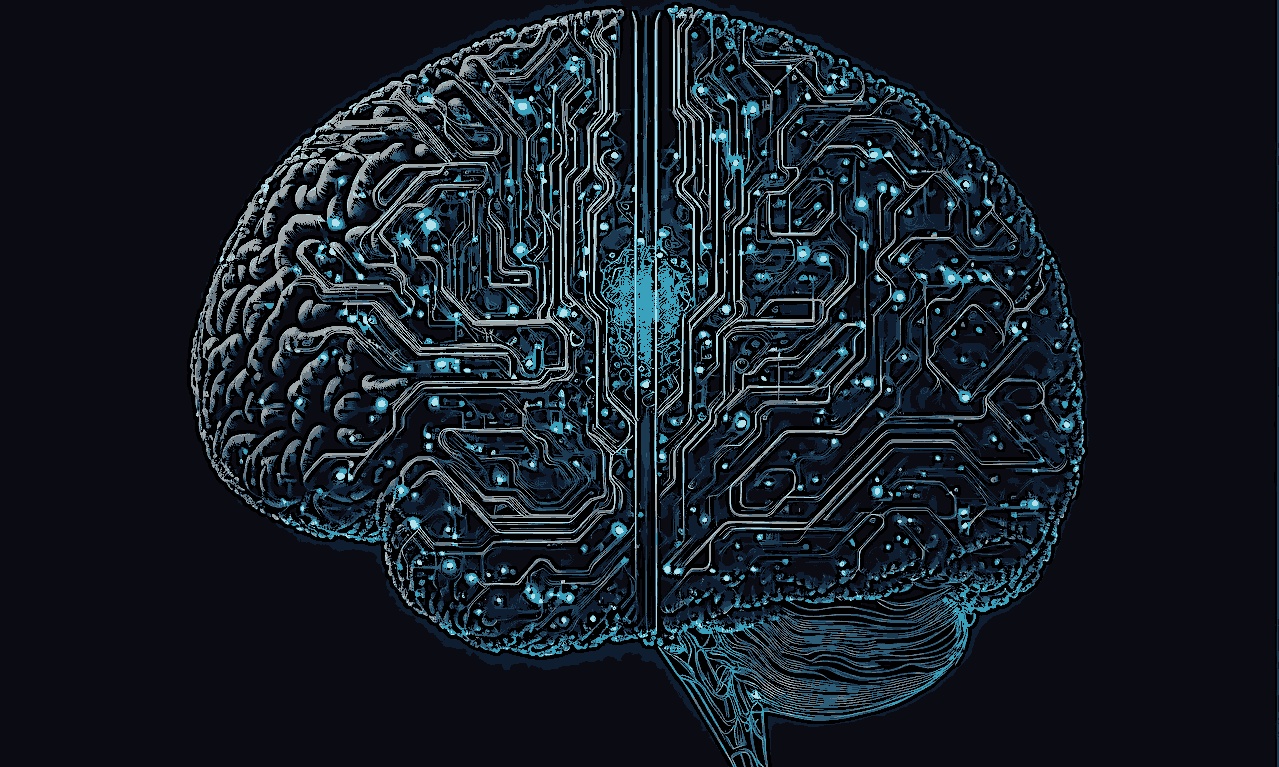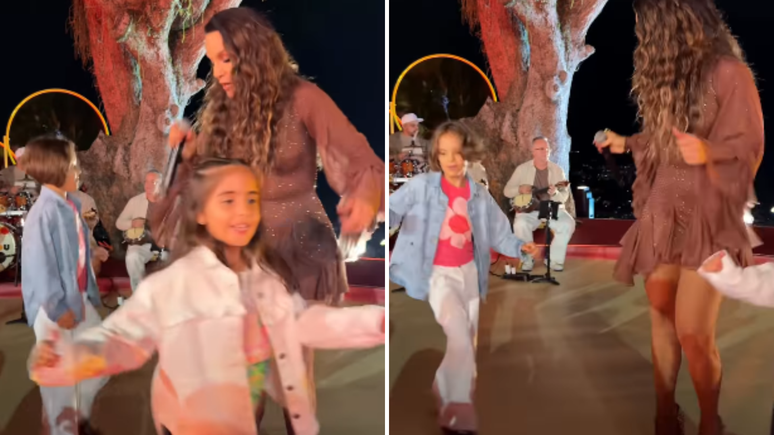Two AIs talk to each other and show a remarkable advance in technology recently! Researchers from University of Genevaat Switzerlandachieved an unprecedented feat: converting a human cognitive ability into artificial intelligence. This achievement consists of carrying out tasks without prior training. In such a way that it is based on verbal or written instructions, followed by the ability to describe them so that others can reproduce them. The results, recently published in an article in the journal Nature Neuroscienceshow significant promise, especially for the field of robotics.
This feat was achieved through the modeling of an artificial neural network by the researchers. Inspired by biological neurons and their electrical interconnection in the human brain, these neural networks are capable of emulating human cognitive ability.
Conversation between AIs
A Artificial Intelligence (AI) refers to the ability of programs and devices to perform tasks using algorithms that imitate human reasoning based on learned patterns. After learning and performing a series of basic tasks, this AI was able to verbally describe the tasks to another AI, which then reproduced them.
To achieve this feat, the researchers used an artificial neuron model called S-Bert. Thus, it is made up of around 300 million neurons and pre-trained for linguistic understanding. Furthermore, this model connected to a simpler neural network, made up of a few thousand neurons.
In a first step, the neural network received training to simulate the ‘Wernicke’ area in the left hemisphere of the brain, associated with the perception and interpretation of language. Then, in the second stage, the training was to reproduce the ‘Broca’ area, also located in the left hemisphere and responsible for the production and articulation of words. Both stages were carried out on conventional notebooks.
“Once these tasks were learned, the network was able to describe them for a second network (a copy of the first) to reproduce. As far as we know, this is the first time that two AIs have been able to communicate in a purely linguistic way.”explained Alexandre Pouget, neuroscientist and co-author of the study.
Neural networks with high hit rate
After training, they transmitted instructions in English to the AI, including tasks such as pointing to a stimulus on a certain side, responding in the opposite direction to a stimulus, or discerning between two visual stimuli with different levels of contrast. The results demonstrated that the neural networks achieved an average success rate of 83% based only on linguistic instructions.
This advance is promising, especially for robotics. Currently, although AI-based conversational agents are capable of integrating linguistic information to produce text or image, they are still not capable of translating a verbal or written instruction into sensorimotor action, let alone explaining it to another. I was going to reproduce it.
Two AIs talk to each other and open up new perspectives
This AI model opens up new perspectives for understanding the interaction between language and behavior. The researchers say that although the network developed is relatively small, this does not preclude the development of more complex networks that could be integrated into humanoid robots, enabling them to understand each other and us humans.
Source: Atrevida
Earl Johnson is a music writer at Gossipify, known for his in-depth analysis and unique perspective on the industry. A graduate of USC with a degree in Music, he brings years of experience and passion to his writing. He covers the latest releases and trends, always on the lookout for the next big thing in music.






